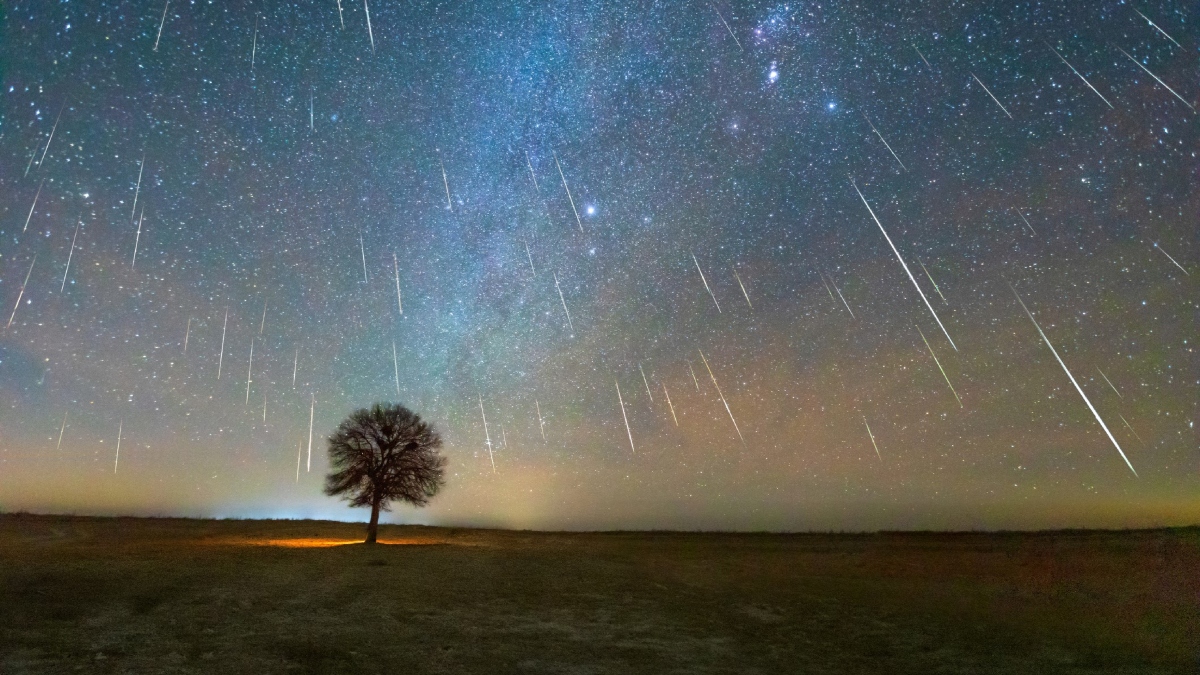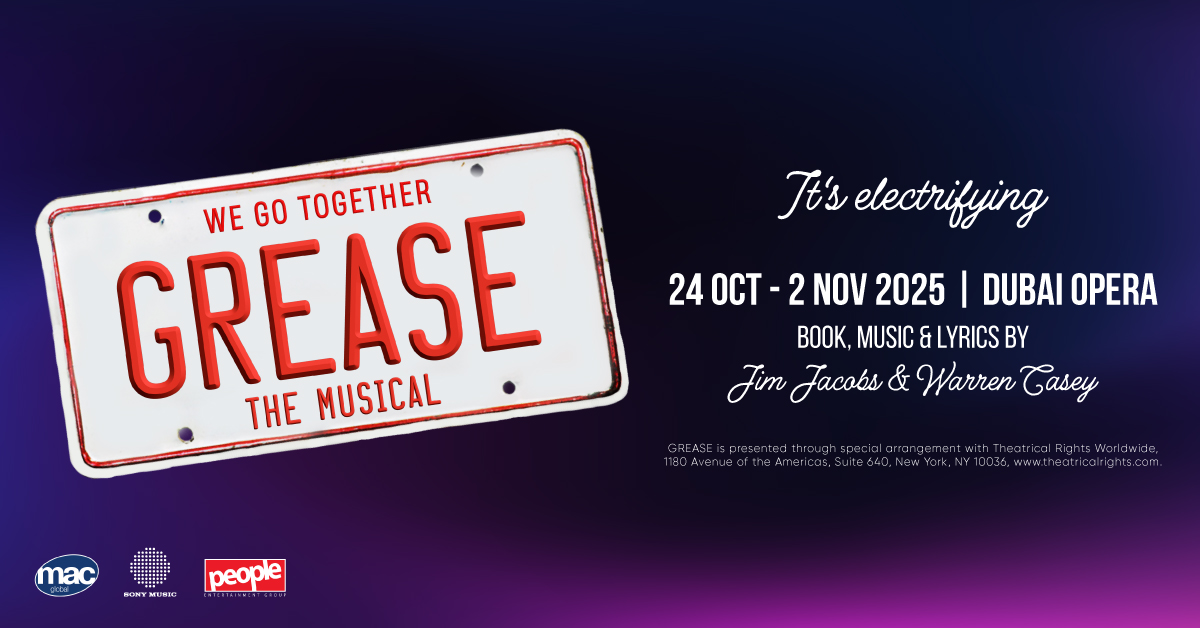The UAE is set to witness a breathtaking astronomical event next week as the Geminids meteor shower graces the night sky. This spectacular display, active from November 19 to December 24, will peak on December 14, offering more than 100 shooting stars per hour.
Renowned as one of the year’s most stunning astronomical events, the Geminids meteor shower is expected to showcase around 120 meteors per hour at its peak. This has been confirmed by the Dubai Astronomy Group, which regards the Geminids as one of the most spectacular meteor showers of the year. Adding to the show’s splendor, the absence of moonlight will make the meteors appear even brighter.
NASA has described the Geminids as one of the best and most reliable annual meteor showers. For those eager to witness this cosmic spectacle, no special equipment is required. Stargazers are advised to find a spot away from city and street lights, such as a desert area, lie flat on their backs, and gaze upwards. After about 30 minutes in the dark, viewers’ eyes will adapt, allowing them to see the meteors more clearly. Given the cold desert nights, warm clothing is recommended.
The Geminids are known for their brightness and speed, reaching velocities of up to 127,000 kilometers per hour. They often appear yellow, according to NASA.
For those seeking a guided viewing experience, several groups in the UAE are organizing events. The Mleiha Archaeological Centre in Sharjah will host an event on December 14 from 6pm to 1am, with prices starting from Dh275 for adults. The Dubai Astronomy Group is also organizing a viewing event at Al Qudra desert on the same night, offering an opportunity to learn more about the night sky and observe various celestial bodies through telescopes, with ticket rates starting from Dh160 for adults.
The Geminids meteor shower is unique as it originates from an asteroid, the 3200 Phaethon, rather than a comet. This phenomenon was first observed in the mid-1800s but only displayed 10 to 20 meteors per hour initially. Over the years, it has grown significantly, now ranking as one of the major meteor showers annually.






